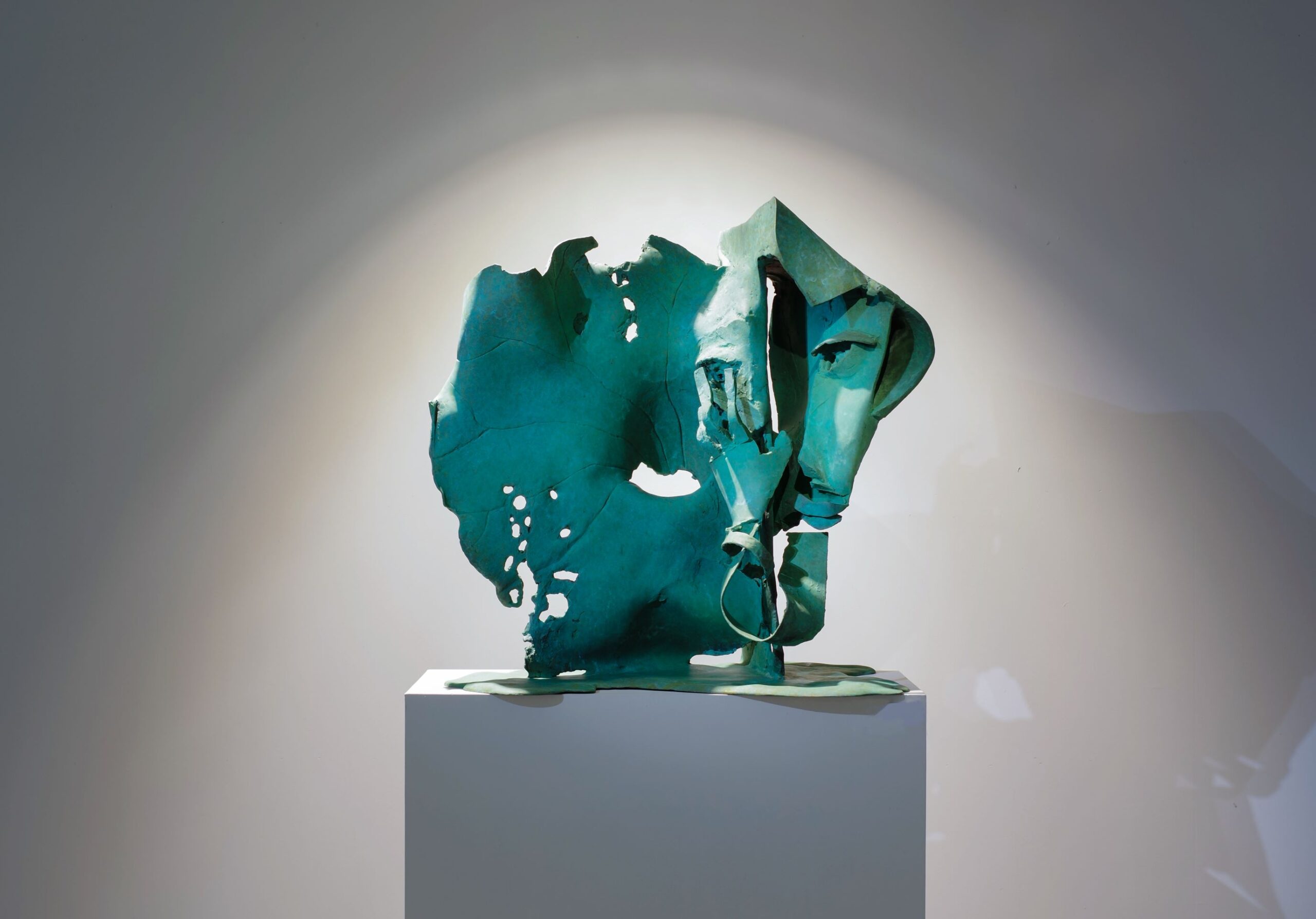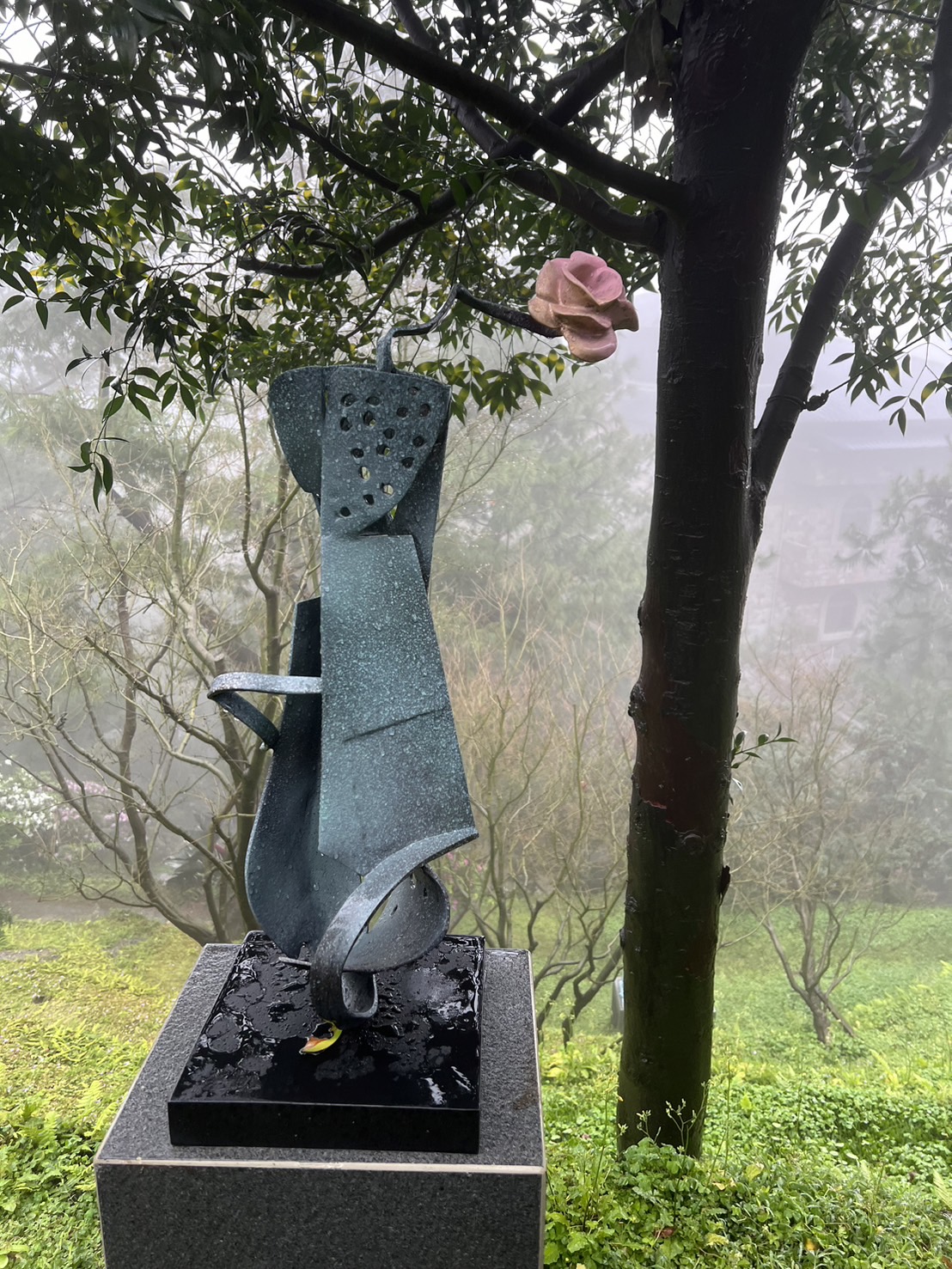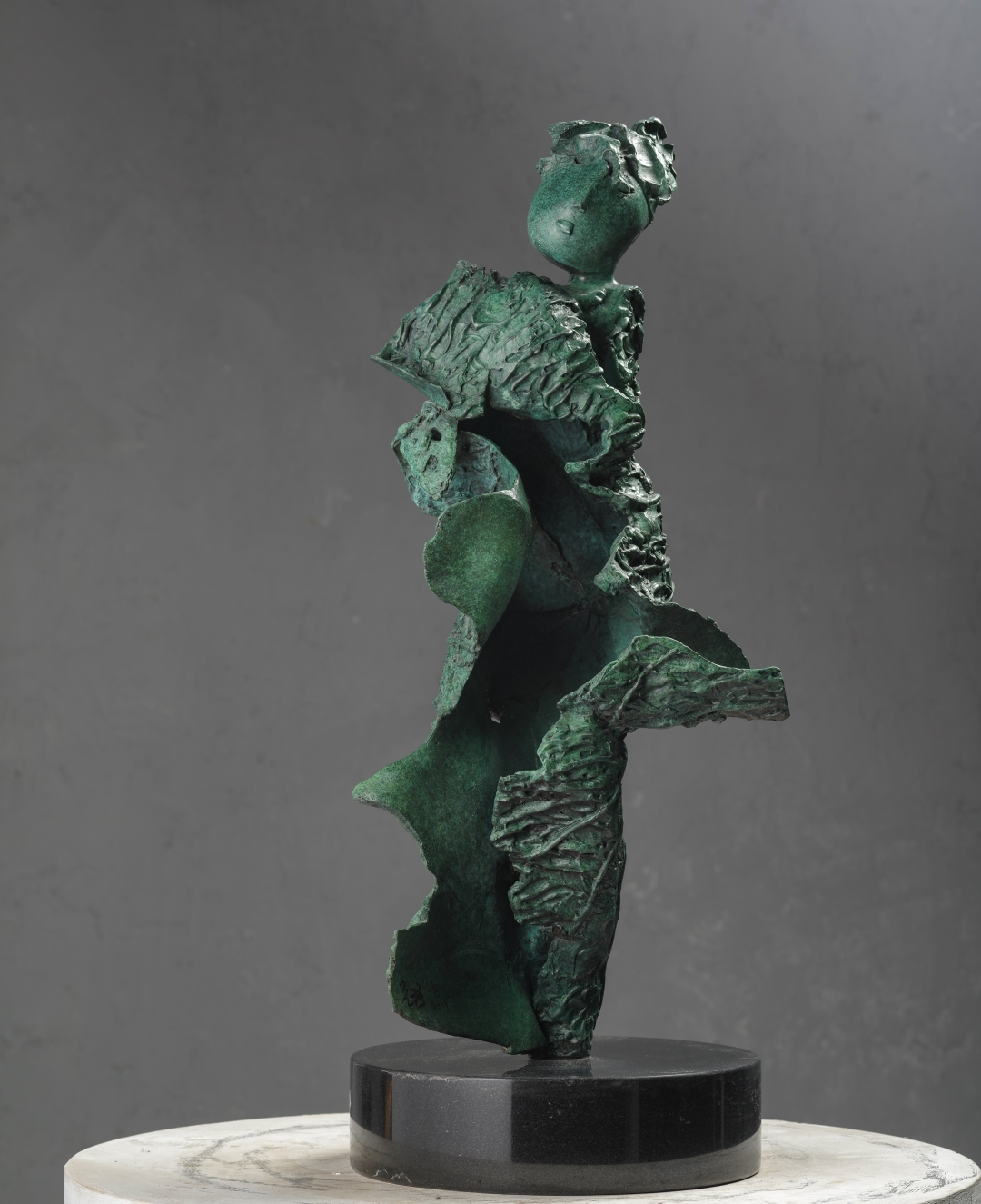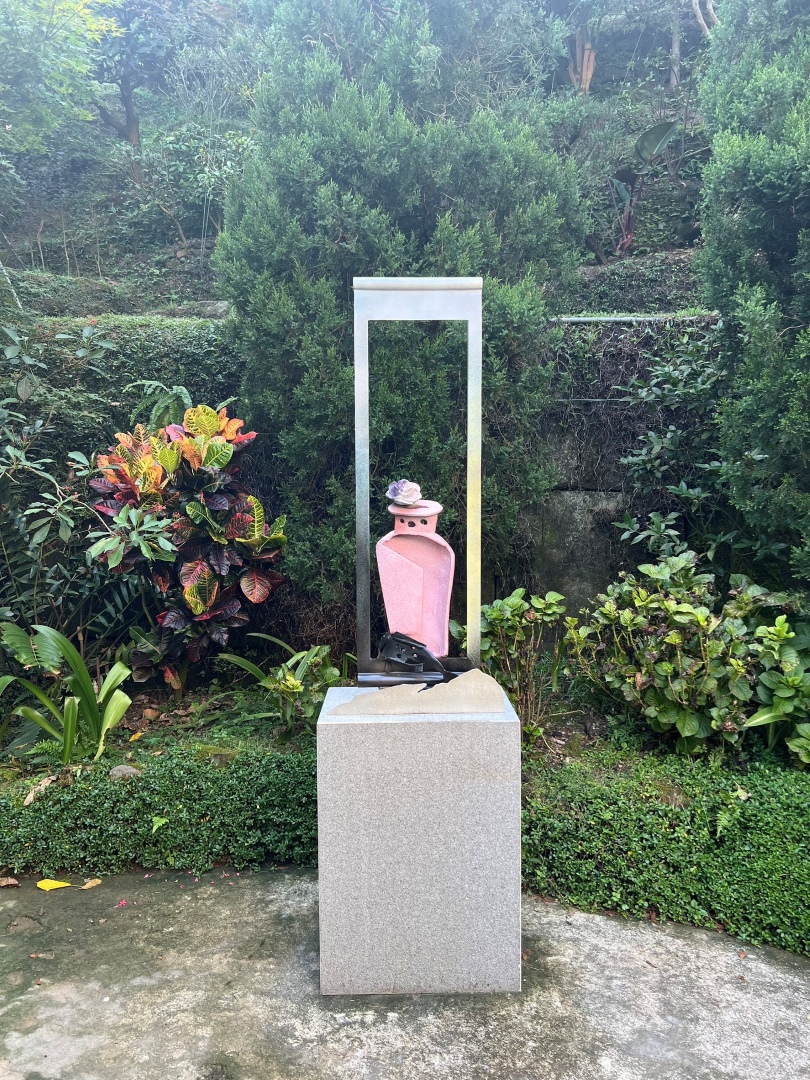Kuang-Yu LEE
Taiwan
Lee Kuang-Yu was born in 1954 in Taiwan. In the early 1970s, he entered the Department of Sculpture of the National Institute of the Arts (predecessor of the National Taiwan University of Arts). Following graduation in 1975, he went to Spain to study western sculptural technique and theory in Real Academia de Bellas Artes de San Fernando and Universidad Complutense de Madrid respectively, studying with celebrated sculptor Francisco Toledo Sanchez and received his master degree. On returning to Taiwan, he taught at the Taipei National University of the Arts and the National Taiwan University of Arts, retiring in 2006 to devote himself to his works. Lee Kuang-Yu's creations crosses cultural and historical boundaries, representing a cultural marker in which traditional Buddhist and Daoist thought intertwines with modernism. His work cannot be assigned to any usual stylistic category. Instead, his works create a unique language with his incomparable skill, style and materials which in turn embodies the complex nature of Taiwanese art while representing the essence of Taiwanese culture. On the level of sculptural language, his work opens up the enclosed structure of sculpture with his characteristic techniques. It creates the unique form, style, and concept of the “void,” and demonstrates “the concept of silent void in the Oriental culture” that embodies the state of unifying the object and the self. It not only displays aesthetic values but also reveals the artist's contemplation on the state of life at that moment, conveying contemporary social implications.
Lee’s artworks have previously been exhibited in New York, Spain, Austria, Japan and Singapore. He was invited by the National Pavilion of San Marino to hold the exhibition To Have and Have Not: The Solo Exhibition of Lee Kuang-Yu in 2017 Venice Biennale; Besides is the exhibition Space, Poetry and People: Art of Lee Kuang-Yu in Kaohsiung Museum of Fine Arts. In 2020, Lee’s large outdoor exhibition A Sculptor’s Secret Garden is launched in Cloud Forest, which is located at Gardens by the Bay, Singapore. Within Taiwan, three major art museums including Taipei Fine Arts Museum, National Taiwan Museum of Fine Arts, Tainan Art Museum and Kaohsiung Museum of Fine Arts have collected many of his works. Lee’s artworks can also be seen in the public spaces or National Taiwan University Hospital MRT station, on Civic Boulevard, and at National University of Kaohsiung.





